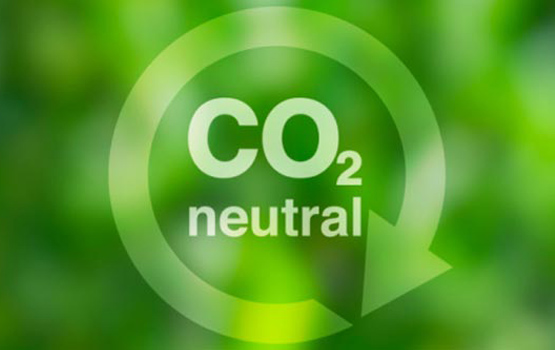Costa Rica News – In 2008, Costa Rica announced to a world drunk on oil that by 2021, 200 years since its independence from Spain, it would become the first country in the world to reach carbon neutrality.
 Carbon neutrality means the country would remove as much carbon dioxide from the atmosphere as it put into it. In early 2015, Costa Rica made major steps in the direction of carbon neutrality. For the first 75 days of the year, Costa Rica’s electrical needs were met without the use of fossil fuels.
Carbon neutrality means the country would remove as much carbon dioxide from the atmosphere as it put into it. In early 2015, Costa Rica made major steps in the direction of carbon neutrality. For the first 75 days of the year, Costa Rica’s electrical needs were met without the use of fossil fuels.
However, the country’s own success may hinder its ability to reach the 2021 goal.
Despite measures to cut carbon dioxide emissions, the levels are still on the rise due to an emerging middle class.
The Costa Rican middle class is responsible for a rapidly escalating number of cars in the country. In order to prevent the rise in car emissions from affecting the country’s goals, the Latin American Centre for Competitiveness and Sustainable Development in Costa Rica has submitted a plan that recommends the use of hybrid cars, car pooling, electric trains, a four day work week and restrictions on vehicle usage.
Political backing for carbon neutrality is developing too slowly for the 2021 goal.
According to the National Observer, Costa Rica’s businesses were quick to pledge carbon neutrality with 60 to 70 percent immediately making the pledge. However, the country’s government has failed to take decisive action on the issue. Policies that would help drive the development of a low carbon emission strategy have yet to be implemented. The movement has so much public support that there is mounting pressure on the government to take action.
The triumph in Costa Rica is something to be emulated, but its implementation in other places would be difficult.
TIME magazine states that nearly 75 percent of Costa Rica’s economy is based on the service industry instead of “dirty” or manufacturing industries.
This means that many of the businesses in the country are already producing very little emissions. The population of Costa Rica is around 4.8 million people, and the country’s electrical needs in 2014 amounted to 8.5 billion kilowatt hours of electricity. The U.S. Energy Information Administration released data that states Mississippi, a state with only 2.9 million people, used 334.6 billion kilowatt hours in 2013.
Obviously, implementation of carbon neutrality poses the problem of the incredible difference in energy consumption. There is also an incredible difference in the percentage of clean energy Mississippi used in comparison to Costa Rica. Costa Rica hopes to use from 90 to 93 percent clean energy in 2015. Mississippi is projected to use about 2.7 percent clean energy.
There are obviously many things that stand in the way of Costa Rica becoming carbon neutral, but these challenges are nothing to the amount they have accomplished and the message they have sent to the world. Costa Rica has some advantages that are aiding their goal, but 75 days of being fossil fuel free is not the product of luck, it is the product of decades of hard work.
The obstacles that stand in the way of carbon neutrality are mostly that of our own will to pursue them and not that of the goal’s possibility. It is possible, if anything, that is what Costa Rica has proven, that where the will to rid our selves of fossil fuels exist the means exist as well.
The path will not be an easy one but it is one that we must walk.
by Ian Cleary, The DM Online
Ian Cleary is a senior art major from Florence.

